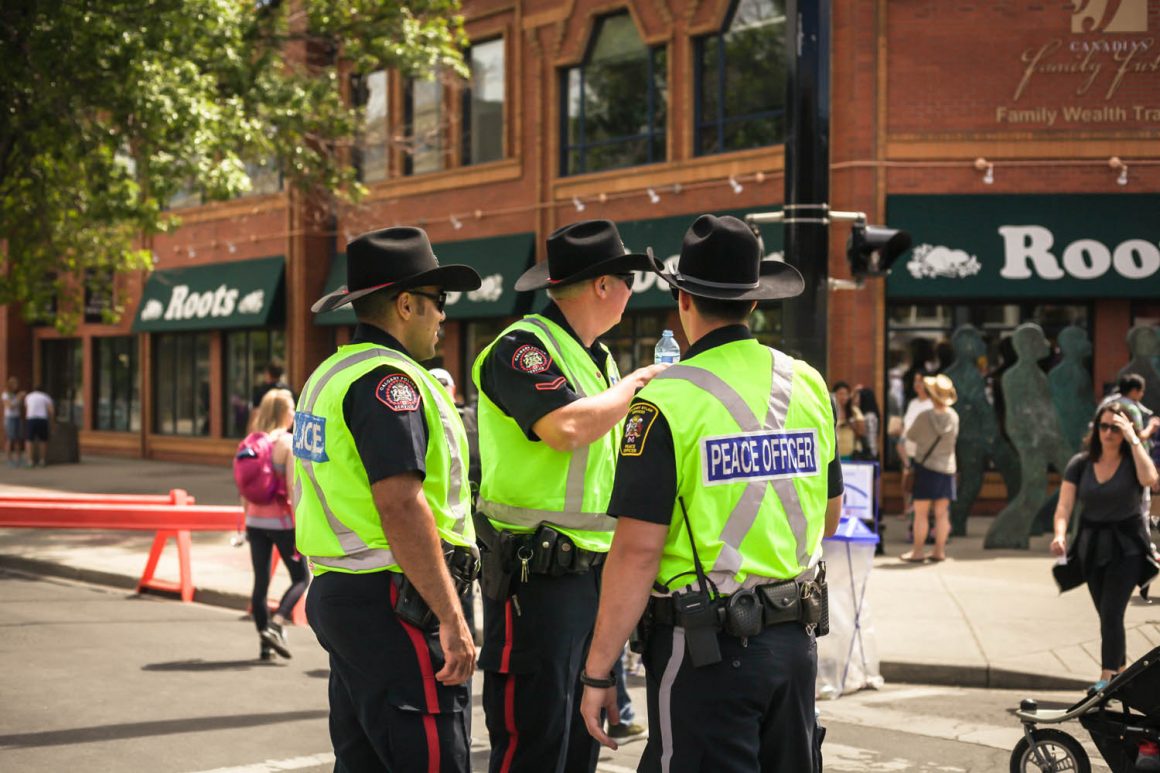
U of C to host scenario-based emergency preparedness training
By Saima Asad, June 9, 2017 —
There will be the sounds of gunfire, injuries and roughly 150 emergency responders inside the Kinesiology complex on June 26. The responders are real, but the threat isn’t.
From 12:00 p.m. – 1:30 p.m., the Calgary Police Service will lead an “Active Assailant Exercise” on campus. According to the CPS, the exercise will assist the University of Calgary’s assessment of its own emergency preparedness plan.
“The U of C engaged the CPS to support the institution’s assessment of its emergency preparedness plan. A live training exercise will provide an opportunity to increase familiarization, coordination and identify areas of improvement for response to an actual event. The CPS is proud to partner with the U of C, Alberta Health Services, Emergency Medical Services, Calgary 9-1-1, the Calgary Emergency Management Agency and the Calgary Fire Department to conduct scenario-based training exercises to ensure Calgary is ready for emergency situations,” the CPS said in a statement.
U of C emergency management director Bob Maber said the event is part of a process that enables the university to improve their emergency response protocol.
“We have a master emergency response plan for the university. This continually gets refined and changed,” Maber said. “When we do have [these] kind of events, we learn, refine the plans, test them, refine them and it’s just a continuous cycle.”
The exercise will take place across the Olympic Oval and parts of Kinesiology Block B.
“The area will be closed off from 10:00 a.m. to about 3:00 p.m. to everyone except [those] involved in the exercise,” said Maber.
In order to make the simulation as realistic as possible, participants will be kept unaware of the details. The primary participants are campus security and emergency management.
“This is based around first responders,” Maber said. “Campus security and emergency management are the primary departments that are involved in it.”
While the controlled exercise imposes minimal risk to participants’ physical health, Maber acknowledged there is some risk to their mental well-being.
“If anybody does have any adverse reactions or concerns, the Student Wellness Centre will be on hand for the exercise,” he said.
Maber said resources such as the UC Emergency App are available for students and staff in case of an actual emergency.
“For students and staff, we practise these plans to practise our response and see if our mitigation strategies have worked,” Maber said. “There’s also for everybody a degree of personal responsibility — knowing what you can do and what to do in an emergency. The time to plan for an emergency isn’t when the emergency happens.”
